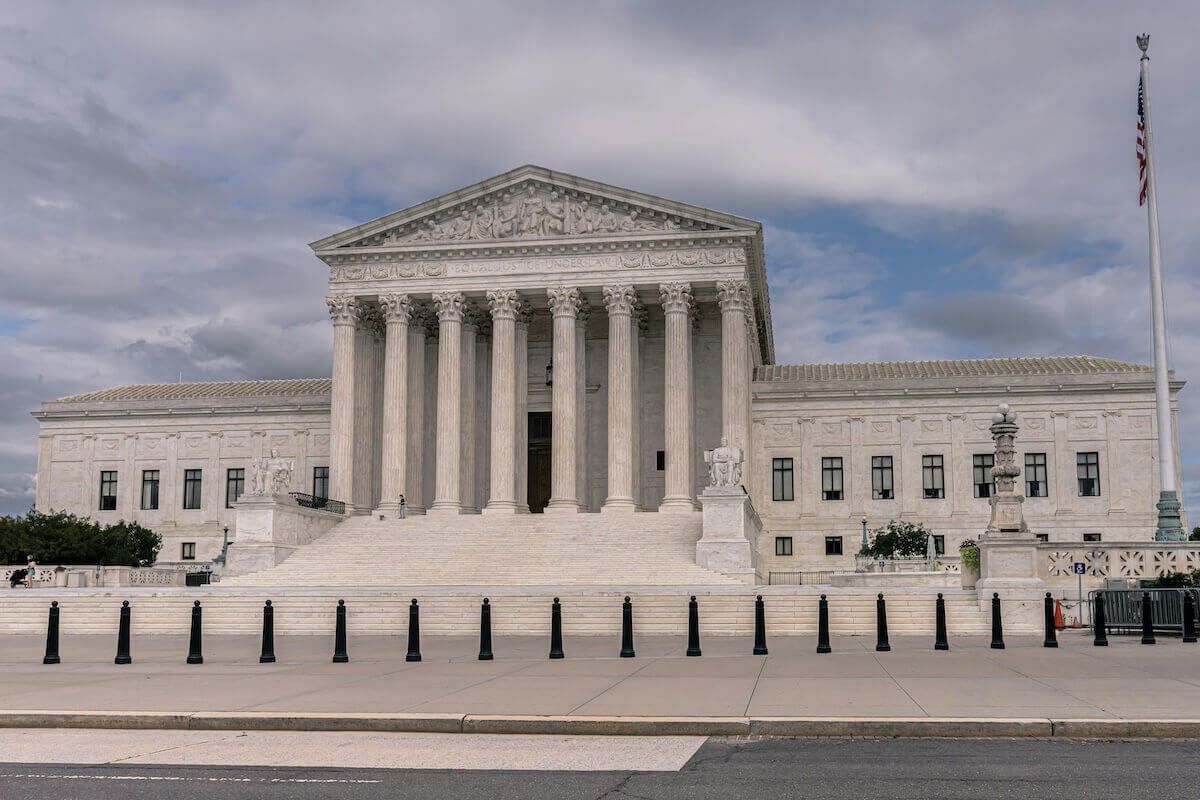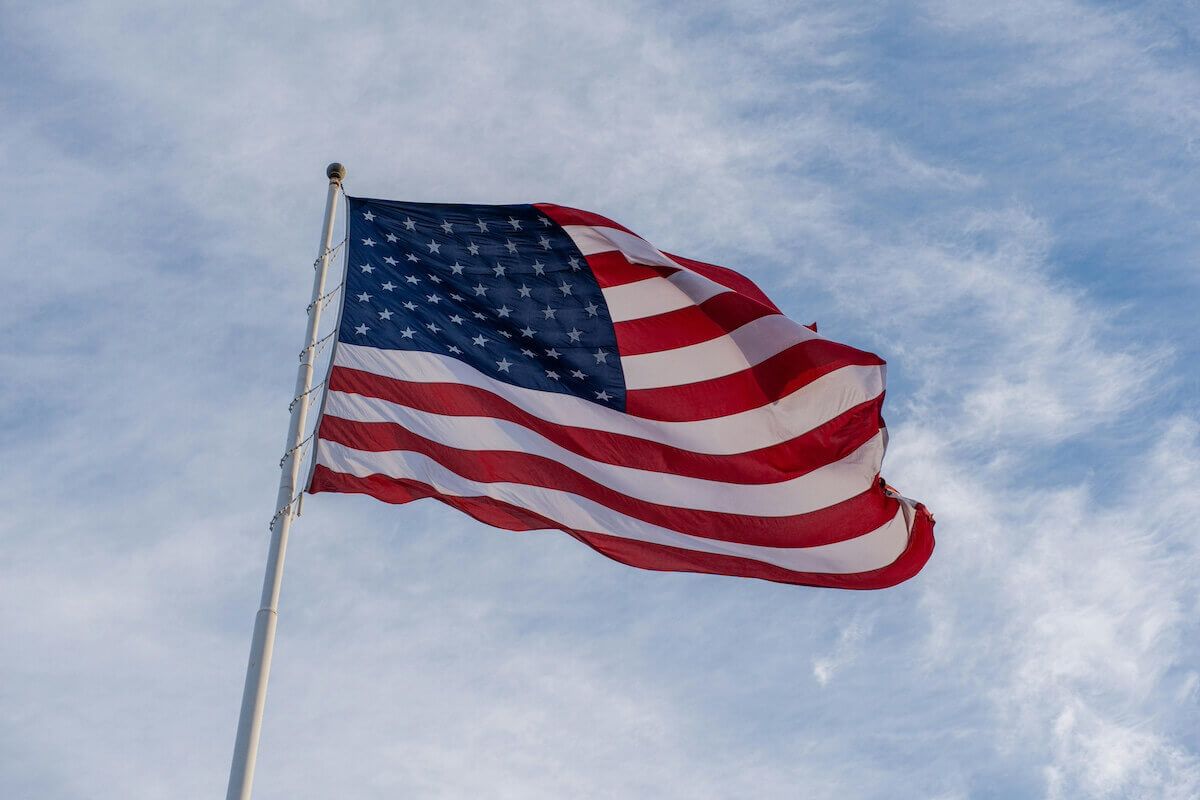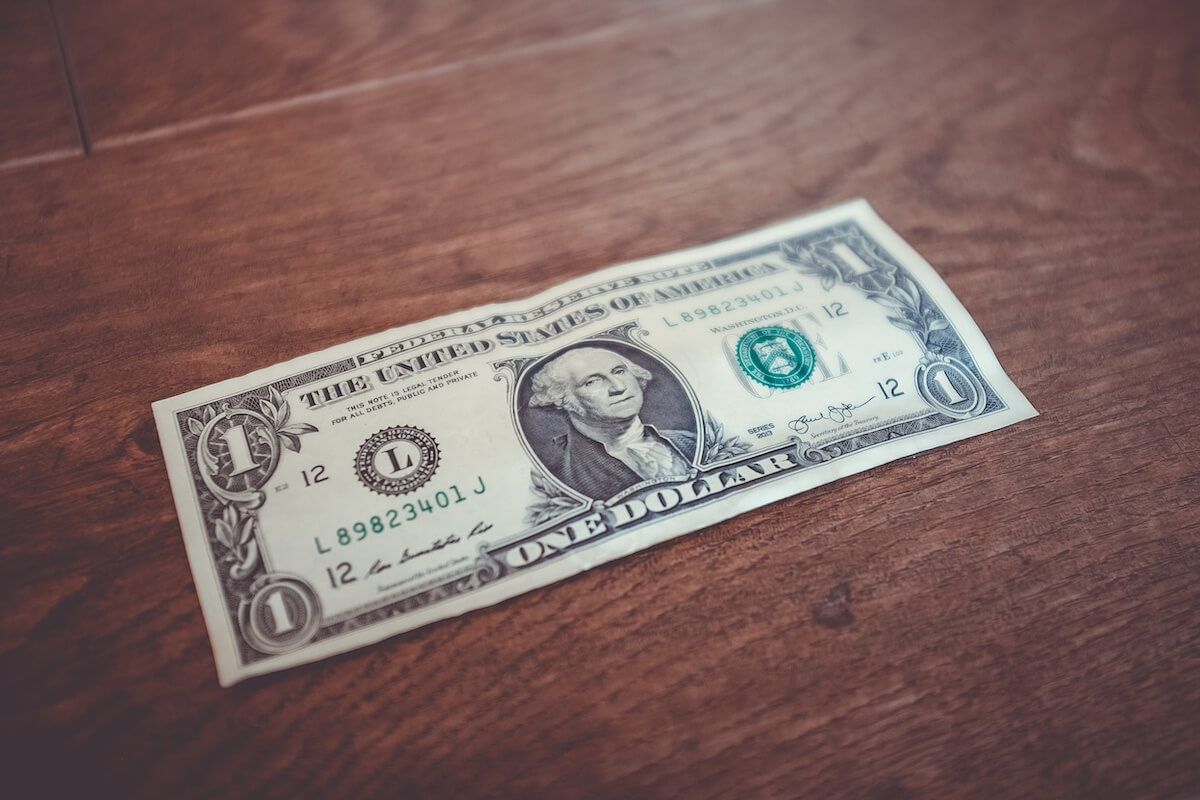Advertiser Disclosure
Last update: March 7, 2024
6 minutes read
Supreme Court Rejects Biden’s Student Loan Forgiveness: Implications Explained
Understand the effects of the Supreme Court's rejection of Biden's student loan forgiveness proposal, see how it may affect you, and view other options.

By Brian Flaherty, B.A. Economics
Edited by Rachel Lauren, B.A. in Business and Political Economy
Learn more about our editorial standards


The decision on President Joe Biden's groundbreaking student loan forgiveness plan is finally here, but it’s not the news many hoped for. In a world where student loan debt is a reality for millions, the top court has shut down the expectation of $430 billion of canceled debt.
Now, borrowers have to start repaying in October 2023, and interest starts building up again in September 2023. Even though the Supreme Court said no to Biden's plan, it doesn't mean you're stuck. There are other ways to deal with your student loans, and you might find options for repaying and getting forgiveness.

Key takeaways
- Millions of college students have a big problem with student loan debt
- The Supreme Court said no to Biden's idea of erasing over $400 billion in student debt
- The court thinks a plan like that should get approval from Congress first
What was Biden's student loan forgiveness plan?
Last summer, Biden shared a plan to help lots of students with their loans. It aimed to erase either $10,000 or $20,000 from your government student loans, depending on if you got a Pell Grant for school (getting a Pell Grant meant you could get the larger amount).
The good thing was that it was open to many people - even if you hadn't paid back your loans or if you were a Parent PLUS borrower. The only condition was that your income in 2020 or 2021 shouldn't be too high according to the program rules.
Who could have benefited from the plan?
You might be wondering who this plan really covered. Here's a simplified breakdown:
- Single borrowers who earned less than $125,000
- Married borrowers filing jointly who earned less than $250,000
- People with federal student loans, not just private loans
Many people with federal student loans—about 43 million of them—were excited about the plan. Unfortunately, the Supreme Court ruling has made things less hopeful for them.
Why did the Supreme Court reject Biden's plan?
Well, the Supreme Court said the President can't just cancel all student loans on his own. They thought the Biden team was trying to do too much without following the rules.
In simpler words, the Supreme Court, with most of the judges agreeing (6-3), said the law the Biden team was using, called the HEROES Act of 2003, wasn't strong enough.
According to them, this law was meant for the government to help in extreme situations by changing or forgiving some debt, not wiping it all out. The ruling also said that the President needs Congress to agree before spending so much money on this kind of plan.
What are some alternative student loan forgiveness options?
Now that Biden's plan has been rejected, what can we do? It's not all doom and gloom. There are plenty of other student loan forgiveness options still available to us. Here are a few to consider:
Public Service Loan Forgiveness (PSLF)
Are you working full-time for a government or nonprofit organization? If yes, then you might be eligible for PSLF. After you've made 120 qualifying payments, you can apply for loan forgiveness.
Income-Driven Repayment (IDR) Plans
If your debt is around the same as your annual income or higher, it may be worth it to consider an income-driven repayment plan. These plans allow you to pay a percentage of your income every month, which can reduce your monthly payment a lot.
It also means you don’t need to make payments if you don’t have a job. With this plan, your loan payments are adjusted based on your income and family size. The best part? After 20-25 years of payment, the remaining loan balance is forgiven.
Teacher Loan Forgiveness
For our dedicated teachers out there, this one's for you. If you've been teaching full-time in a low-income school or educational service agency for 5 consecutive years, you can apply for this program.
For more information about all of these plans, head to studentaid.gov.
What can you do if loan forgiveness isn’t an option?
Life doesn't always go the way we want, right? If you're not seeing good options for loan forgiveness, don't stress! There are lots of other ways to handle your student debt.
Can refinancing be a good option?
Refinancing your student loans could lower your interest rates, and that means you'd be paying less over time. However, if you're still hoping for loan forgiveness in the future, be careful. Refinancing federal loans turns them into private ones, and private loans aren't eligible for most forgiveness programs.
Are there any special repayment plans?
You bet! In addition to Income-Driven Repayment plans, there's something called a graduated repayment plan. Here, your payments start small and gradually increase every 2 years. It's designed for people who are expecting their income to grow over time. Here are a few other options you might consider:
- Loan consolidation: Combining your loans into one.
- Loan deferment or forbearance: Asking to delay or reduce your payments for a while.
- Employer help: Checking if your employer can help out.
After understanding your options, the question is, "What should you do next?" Here are my recommendations in a simple do's and don'ts table:
Do
Do research your options thoroughly
Do talk to a financial advisor if possible
Do keep track of your loan payments
Don't
Don't assume there's no help available
Don't ignore your student loan
Don't miss payments if you can help it
How TuitionHero can help you
Ever wanted some help with your student loans? Well, that's where TuitionHero comes to the rescue! We help with private student loans and making your loans better. While we can't make your loans disappear, we can show you how to make them more manageable. We'll check out your current loan situation, look for lower interest rates, and guide you through the process of making your loans better.
But that's not all! We also have info on scholarships and help with filling out FAFSA. Remember, the less money you have to borrow, the less you have to pay back. We get that dealing with student loans is tough, and we're here to give you the tools and help you need to handle your college finances.
Frequently asked questions (FAQ)
Biden’s plan aimed to forgive up to $10,000 in federal student loan debt, or up to $20,000 for Pell Grant recipients. It was available to single borrowers earning less than $125,000 and married borrowers earning less than $250,000.
The Supreme Court rejected President Biden's plan to cancel up to $20,000 in federal student loan debt for eligible borrowers. This decision impacted the proposed forgiveness of approximately $430 billion in debt.
Borrowers are required to resume their student loan repayments in October 2023. Interest on these loans will start accruing again in September 2023.
The Supreme Court ruled that the President lacked the authority to unilaterally cancel student debt using the HEROES Act of 2003, stating that such a decision requires Congressional approval.
Final thoughts
Despite the Supreme Court's ruling, you still have many ways to get out of debt, like refinancing or consolidation. The important thing is staying up to date so you can make informed decisions about your student loan debt. So, keep learning, ask questions, and remember, TuitionHero is here to help you every step of the way.
Source
Author

Brian Flaherty
Brian is a graduate of the University of Virginia where he earned a B.A. in Economics. After graduation, Brian spent four years working working at a wealth management firm advising high-net-worth investors and institutions. During his time there, he passed the rigorous Series 65 exam and rose to a high-level strategy position.
Editor

Rachel Lauren
Rachel Lauren is the co-founder and COO of Debbie, a tech startup that offers an app to help people pay off their credit card debt for good through rewards and behavioral psychology. She was previously a venture capital investor at BDMI, as well as an equity research analyst at Credit Suisse.
At TuitionHero, we're not just passionate about our work - we take immense pride in it. Our dedicated team of writers diligently follows strict editorial standards, ensuring that every piece of content we publish is accurate, current, and highly valuable. We don't just strive for quality; we aim for excellence.
Related posts
While you're at it, here are some other college finance-related blog posts you might be interested in.
Shop and compare student financing options - 100% free!

Always free, always fast
TuitionHero is 100% free to use. Here, you can instantly view and compare multiple top lenders side-by-side.

Won’t affect credit score
Don’t worry – checking your rates with TuitionHero never impacts your credit score!

Safe and secure
We take your information's security seriously. We apply industry best practices to ensure your data is safe.
Finished scrolling? Start saving & find your private student loan rate today





